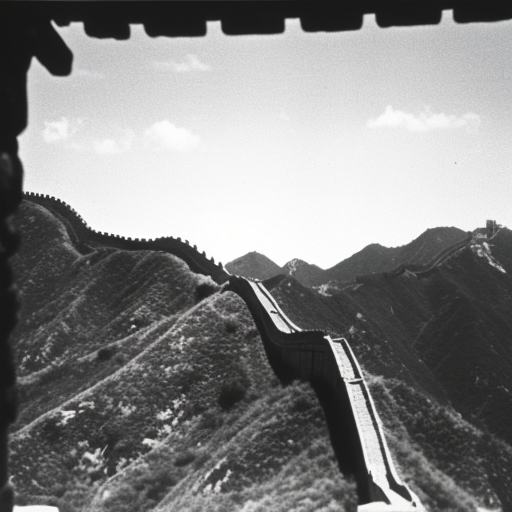The Pax Romana: A Period of Peace and Stability in Ancient Rome
The Pax Romana, also known as the Roman Peace, was a period of relative peace and stability in the Roman Empire that lasted from 27 BCE to 180 CE. It was characterized by a lack of major conflicts and internal strife, allowing for significant cultural, economic, and political development within the empire.
Origins of the Pax Romana
The Pax Romana began with the rise of Augustus as the first Roman Emperor. After a long period of civil wars, Augustus emerged victorious and established a new political system that centralized power in the hands of the emperor. This consolidation of power helped bring stability to the empire and laid the foundation for the Pax Romana.
Political and Military Stability
One of the key factors contributing to the Pax Romana was the Roman Empire’s military strength. The Roman army was highly disciplined and well-organized, allowing the empire to defend its borders and deter potential invaders. This military might, combined with Augustus’ reforms and the establishment of a professional standing army, helped maintain peace within the empire.
Infrastructure and Governance
During the Pax Romana, the Roman Empire invested heavily in infrastructure projects, such as roads, aqueducts, and public buildings. These improvements not only facilitated trade and communication but also showcased the empire’s wealth and power. Additionally, the empire’s governance system was highly efficient, with a well-established bureaucracy and a network of local administrators ensuring the smooth functioning of the empire.
Economic Prosperity
The Pax Romana also witnessed significant economic growth and prosperity. The empire’s vast territory allowed for the expansion of trade networks, leading to increased commerce and the exchange of goods and ideas. The Roman currency, the denarius, became widely accepted throughout the empire, further facilitating economic transactions. The stability and security provided by the Pax Romana encouraged entrepreneurship and investment, contributing to the empire’s economic success.
Cultural and Intellectual Advancements
The Pax Romana was a period of great cultural and intellectual achievements. Roman literature, art, and architecture flourished during this time, with notable figures such as Virgil, Ovid, and Seneca producing influential works. The construction of iconic structures like the Colosseum and the Pantheon showcased the empire’s architectural prowess. The Pax Romana also witnessed the spread of Roman culture and language throughout the empire, further unifying its diverse population.
Decline and Legacy
Despite its remarkable achievements, the Pax Romana eventually came to an end. The empire faced increasing internal challenges, such as political instability, economic crises, and invasions by barbarian tribes. These factors gradually eroded the empire’s power and led to its eventual collapse in the 5th century CE.
However, the legacy of the Pax Romana cannot be understated. The period of peace and stability fostered by the Roman Empire laid the groundwork for the development of Western civilization. Roman law, governance systems, and cultural influences continue to shape modern societies. The Pax Romana serves as a testament to the importance of stability and effective governance in fostering growth and prosperity.












